
A space that converges cultural and spiritual values
Every year, at the "second spring and autumn" season, the weather is clear, the sun spreads golden across the countryside, the trees and plants sprout, the birds chirp..., the villages in the province are bustling with festivals. After Ha Nam, Nam Dinh , Ninh Binh merged into the new Ninh Binh province, statistics show that the whole province has more than 600 traditional festivals maintained annually. Most of the festivals take place in the three spring months and the eighth lunar month when autumn comes.
Nam Dinh province (old) has 245 traditional festivals, concentrated in the districts of Vu Ban, Y Yen, Nam Truc, Hai Hau, Giao Thuy, Nghia Hung, My Loc, Nam Dinh city. Major festivals such as the Tran Temple Opening Festival in January and the Tran Temple Festival in August, Phu Day Festival, Co Le Pagoda Festival, Vieng Fair, Keo Hanh Thien Pagoda Festival... have become spiritual and cultural destinations, attracting a large number of people and tourists from all over. The festival usually lasts from 2 to 3 days, in some places it lasts up to 10 days.
The ceremony part is highlighted by the rituals of incense offering, palanquin procession, water procession, and fish sacrifice; the festival part is attractive with folk games such as human chess, corn bridge climbing, duck catching, fire-making and rice cooking competitions, along with traditional art forms such as Cheo singing, water puppetry, and wooden puppetry. Each festival held annually is an opportunity for the community to affirm its identity and promote its homeland culture to friends near and far.
In the old Ninh Binh province, there are 247 traditional festivals. The most prominent is the Hoa Lu festival, which takes place in the third lunar month, associated with the ancient capital of the Dinh-Tien Le-Ly dynasties. Every time the festival is held, tens of thousands of people and tourists from all over come here to commemorate the merits of the two kings Dinh Tien Hoang and Le Dai Hanh. During the festival, bathing rituals, palanquin processions, royal ceremonies combined with lion-unicorn-dragon dances create a sacred and vibrant space.
Trang An Festival is held to honor the god Quy Minh Dai Vuong, the ceremony takes place solemnly, the festival is brilliant with folk atmosphere. The highlight of the festival is the dragon dance on Sao Khe river, the image is like "sacred dragon flying up from the water palace", evoking the harmony between heaven-earth-water, the ritual also affirms the enduring vitality of folk beliefs, where people find faith and pride in their origins and history.
Thai Vi Temple Festival also leaves a special mark with solemnly organized traditional sacrificial rituals; the festival is an attractive destination with a series of folk games such as human chess, wrestling, dragon dance, lion dance and boating.

Ha Nam (old) has 117 festivals, typically the Lanh Giang Temple Festival honoring the Three Great Kings, Chu Dong Tu and Princess Tien Dung, which is held twice a year in the 6th and 8th lunar months, attracting a large number of people and tourists to attend. The Tran Thuong Temple Festival recreates the historical event of "distributing military food" to reward the Tran Dynasty army when it defeated the Yuan-Mongol invaders for the third time (in 1288), with the meaning of praying for national peace and prosperity, favorable weather, bountiful harvests, and prosperity for every family. The Ba Danh Pagoda Festival stands out with its tranquil atmosphere, associated with the worship of the Four Dharmas.
There is also the Tich Dien Doi Son festival with the ritual of the king plowing the fields in early spring, a symbol of honoring Vietnamese agriculture; the Truc Temple festival commemorating the famous general Ly Thuong Kiet; and the Lieu Doi wrestling festival honoring the national martial spirit.
Most festivals in the province are held in conjunction with the birthdays and death anniversaries of patron saints, founders of professions, saints, kings, famous generals and cultural figures associated with the homeland and the country. Each festival is an opportunity for the community to express gratitude, the morality of "remembering the source of water" that has been nurtured through many generations. Through festivals, people become closer together, community cohesion is strengthened, village and neighborhood relationships are strengthened, and love for the homeland and roots is firmly cultivated.
The festival with its beautiful spiritual culture and historical significance is considered a "living history page", affirming the enduring vitality of folk beliefs, fostering the spirit of solidarity and pride in the homeland in the spiritual life of the people.
Preserving festival cultural identity - community responsibility
In the minds of the people, traditional festivals are an opportunity to educate children to look back to their roots and appreciate the cultural values of their homeland and nation. Therefore, every time a festival is held, many people who are working and living far away from home try to arrange to return to attend.
Through the festival, many traditional rituals, customs, and folk games are organized such as: Incense offering ceremony, Ngoc Lo palanquin procession, water procession, fish sacrifice, martial arts, Cheo singing in Tran temple festival; water procession, dragon dance on boat and unique folk games in Trang An festival; palanquin procession, sacrifice and folk activities such as tug of war, human chess, wrestling in Hoa Lu festival; procession to request scriptures, flower staff festival, lion-lion-dragon dance, human chess in Phu Day festival; corn bridge climbing, duck catching, water fetching competition, fire-making, vegetarian food making for gods and ancestors in Ngoc Tien village festival; martial arts, flag dance at Lieu Doi wrestling festival; hoe hunting, tom diem, rice cooking competition at Vi Ha communal house festival... continue to be maintained. These "living heritages" reflect the depth of local culture, beliefs and spirit.
In recent times, from the state budget and socialized sources, the province and localities have focused on preserving and embellishing historical and cultural relics associated with festivals. Thanks to the investment, the facilities at the relics have been increasingly upgraded. The relics associated with the festival are more spacious, and the infrastructure for accommodation and tourism services has been improved.
Many relics and festivals have been included in the list of national intangible cultural heritage to ensure special management and conservation to preserve the heritage for all generations, showing the community's respect for the heritage, typically: Phu Day festival, Tran temple festival, Keo Hanh Thien pagoda festival, Dai Bi pagoda festival, Hoa Lu festival, Binh Hai village festival; Ba Danh pagoda festival...
To preserve and promote the cultural beauty of festivals, local Party committees and authorities always pay attention to directing and creating favorable conditions for the organization of festivals. The organization of festivals is closely coordinated and directed by functional agencies and Party committees and authorities of localities with festivals, focusing on ensuring security and order, environmental sanitation, food safety, and implementing civilized lifestyles.
During the festival organization process, the Department of Culture and local authorities have done a good job of managing and providing professional guidance, promoting the role of the people as creative subjects.
Many festivals have been researched, collected, and restored with beautiful ancient rituals and customs of cultural value, becoming a highlight for tourism promotion. This has created more resources, restored craft villages, and restored relics; contributed to arousing national spirit, educating historical and cultural traditions, and building a healthy cultural environment at the grassroots level.
Traditional festivals, with the meaning of cultural and spiritual activities, are a bridge between the past and the present, a source of nurturing national identity and pride. Preserving and promoting the identity and historical and cultural values in festivals is a shared responsibility of the government and the people, so that the festivals continue to "live" in today's life and in the future.
Source: https://baoninhbinh.org.vn/giu-gin-gia-tri-van-hoa-truyen-thong-trong-le-hoi-251010094613771.html






![[Photo] Urgently help people soon have a place to live and stabilize their lives](/_next/image?url=https%3A%2F%2Fvphoto.vietnam.vn%2Fthumb%2F1200x675%2Fvietnam%2Fresource%2FIMAGE%2F2025%2F12%2F09%2F1765248230297_c-jpg.webp&w=3840&q=75)

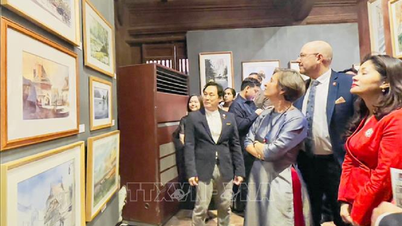



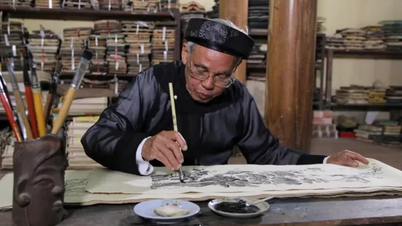

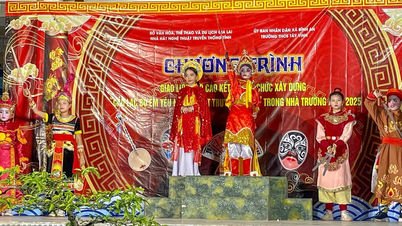

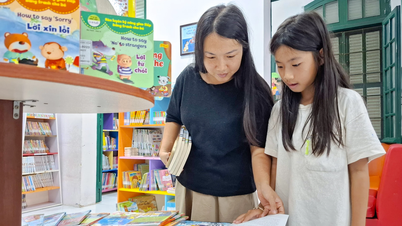

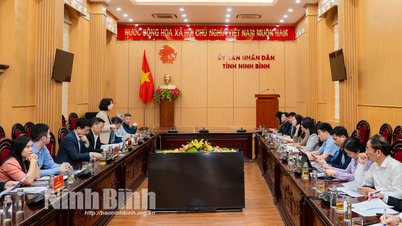




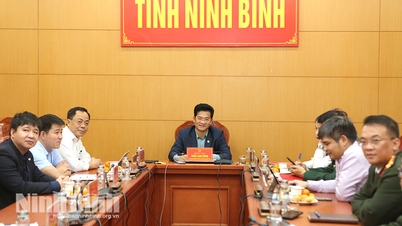
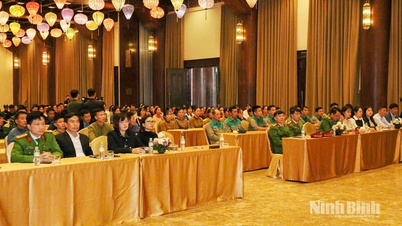
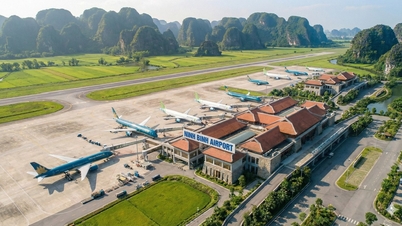
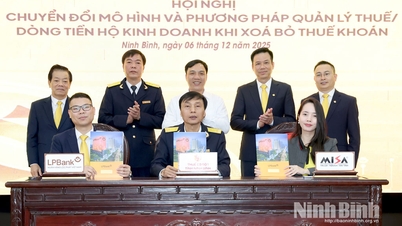
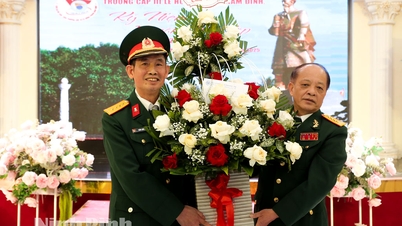


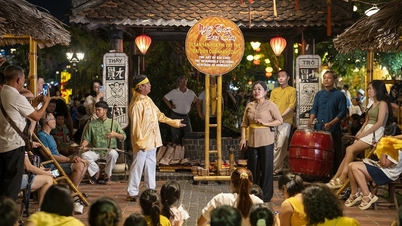

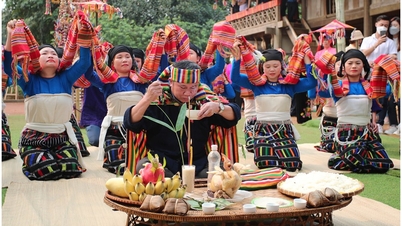


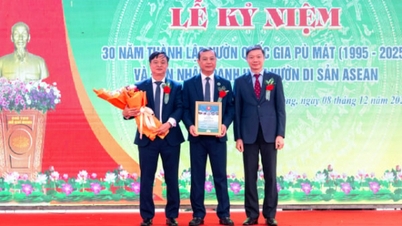


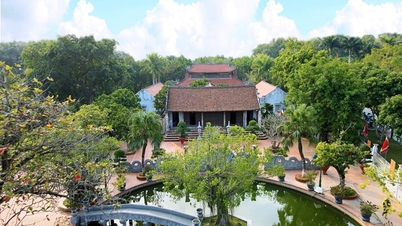
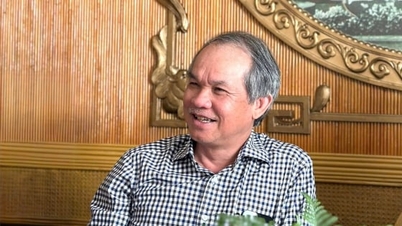
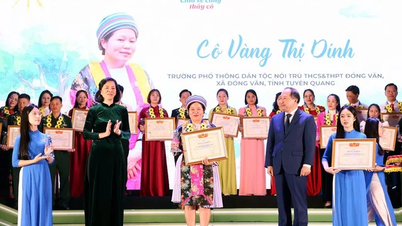

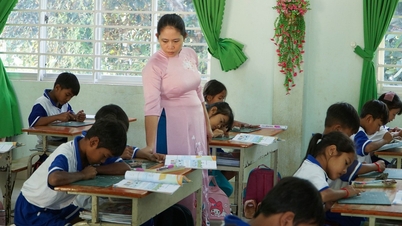

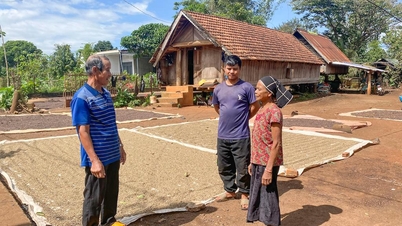

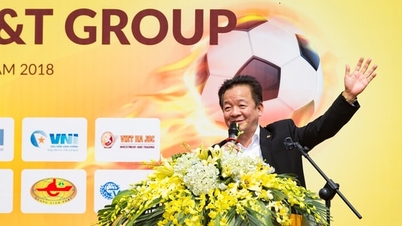
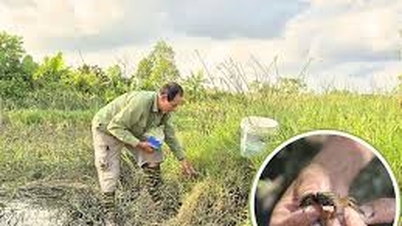

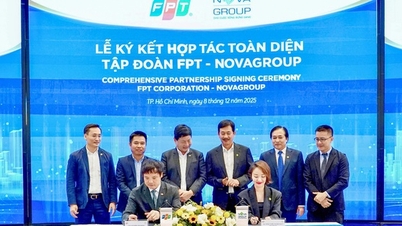

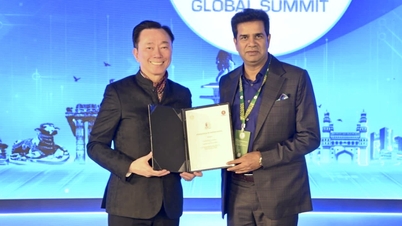

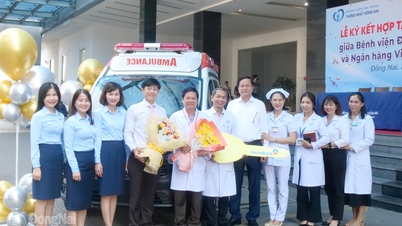

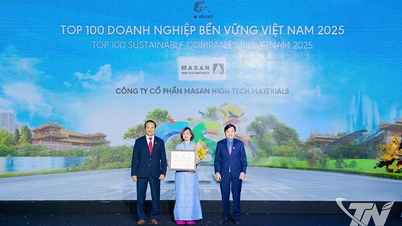


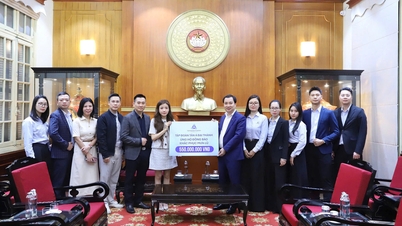







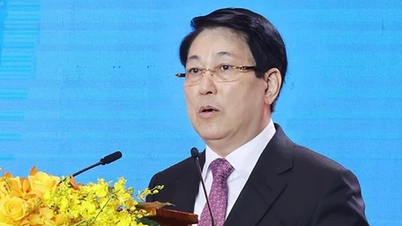
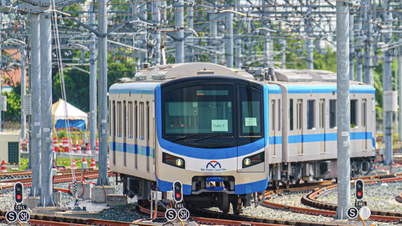

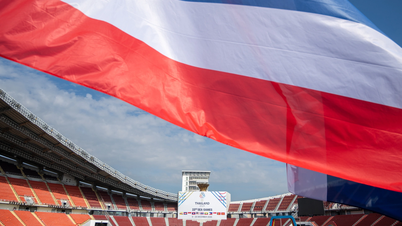

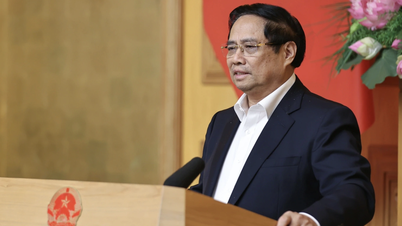
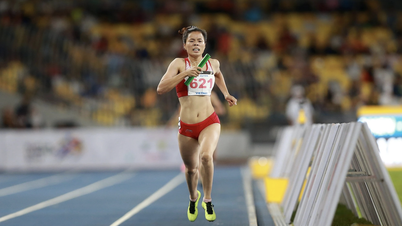

![[Photo] General Secretary To Lam works with the Standing Committees of the 14th Party Congress Subcommittees](https://vphoto.vietnam.vn/thumb/402x226/vietnam/resource/IMAGE/2025/12/09/1765265023554_image.jpeg)
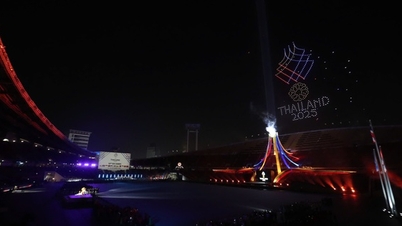



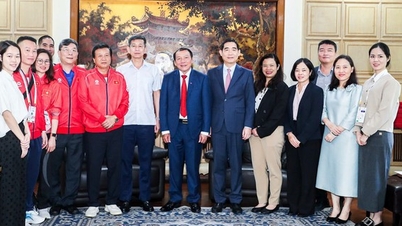


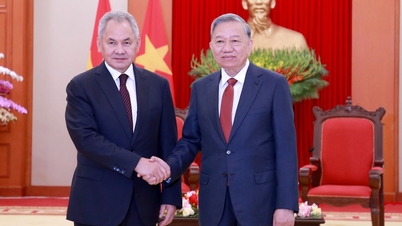

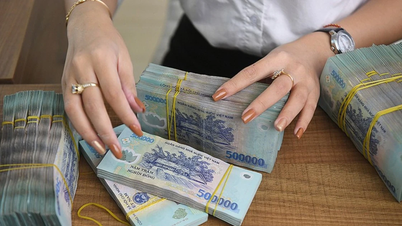



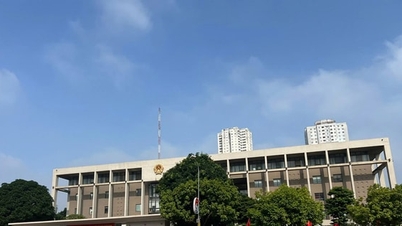










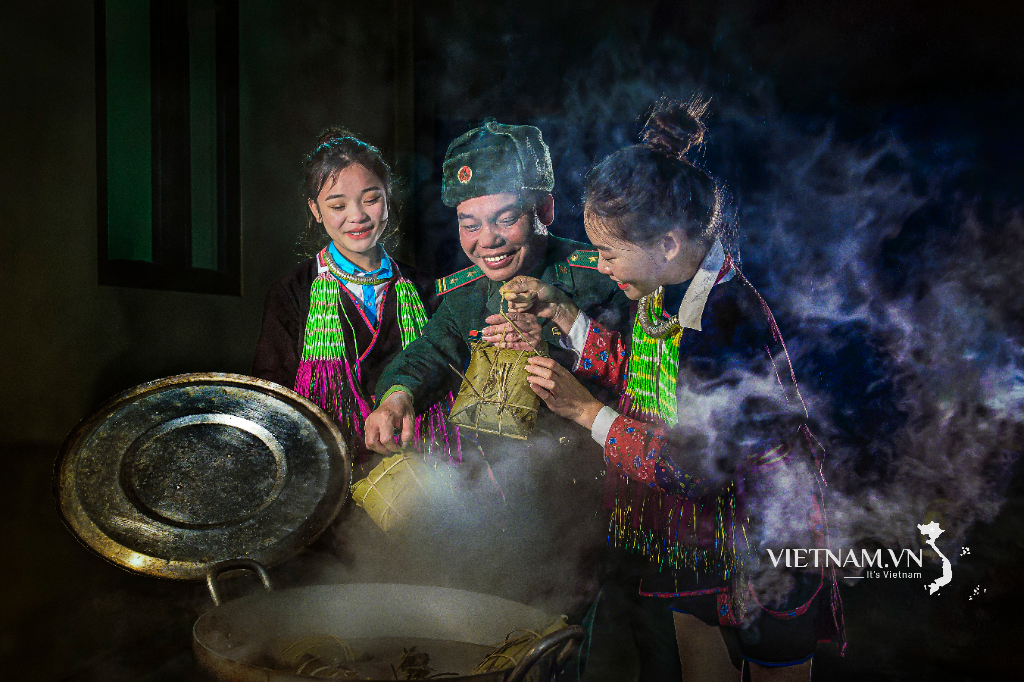







Comment (0)